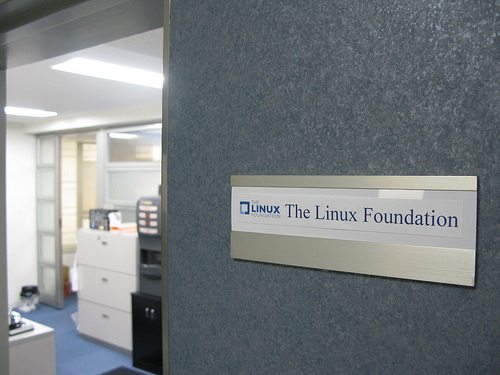Open source platforms are set to alter the telecommunications landscape.
The convergence between the internet and telecommunications worlds is bringing to the forefront different approaches to deploying services. In the internet world, large cloud players built their data centers using white box hardware and open source software to ease and improve service delivery. In the process, they achieved unparalleled scale and cost efficiency. On the other hand, telecom service providers have relied on specialized vendors, whose solutions were based on proprietary, in-house implementations of standards-based technologies. This lengthens the service creation cycle and reduces the ability of service providers to compete effectively especially with over-the-top players.
To improve their competitive position, a number of forward-looking telecom service providers have embarked on a process to explore the benefits of open source in projects such as central office re-architected as datacenter and mobile-CORD (M-CORD), which includes AT&T, Verizon Communications, SK Telecom and NTT DoCoMo, and carrier Open Compute Project, which includes AT&T, Deutsche Telekom, EE, SK Telecom and Verizon. In parallel, the cloud giants, who are actively seeking means to reduce the cost of access to grow their revenue streams, are participating in these and similar projects: for example, Google is participating in CORD while Facebook hosts the Telecom Infra Project. The emergence of open source models in the design of telecom infrastructure systems is a trend that could drastically change the industry value chain and underlying competitive dynamics.
What is open source
Open source refers to the ability to access and modify source code, develop derived works and sell or distribute software. Open source does not imply free of charge. In the context of telecom networks, open source builds on network functions virtualization. While open source refers traditionally to software, it can apply to hardware, in which case a reference design is shared in an open community. The construct of open source leads to collaborative communities and a product development philosophy that is based on a relatively fast iterative process. This contrasts with the relatively slow “waterfall” process used in the development of telecom network equipment and services.
Motivations for open source
Telecom service providers have different views on open source, with a divergence between leading tier-one service providers and others. The leading service providers have four fundamental reasons to invest in open source.
Reduce vendor lock
Consolidation of telecom equipment manufactures has left a few companies with an overwhelming market share. This adversely impacts the innovation cycle.
Enabling new services
Service providers feel competitively constrained within the confines of the existing network infrastructure. They seek flexibility to deploy new services to better compete against the OTT players.
Transform cost models from capital expense to operating expense
Open source design leads to opex (service) based cost model resulting in higher capital efficiency and is better suited for scalability on demand.
Stimulate and accelerate the innovation cycle
Service providers are becoming apprehensive of the lengthy and slow standardization process. Only a few standards are used among the many that exist. Open source is a means to accelerate technology development and deployment.
Ecosystem positioning on open source
Virtualization provides a leap in flexibility over purely hardware-based networks, being transformative to business models and operations for both service providers and vendors. However, many virtualization solutions remain proprietary implementations that are optimized for performance. Open source builds upon virtualization to open up the network to third parties, adding vitality to a mature market and stimulating innovation. This has many potential consequences to the telecom value chain.
TEMs, who often take on the system integration function, are largely ambivalent about open source projects; mainly because of uncertain financial benefits and large commitments. The model still requires system integration, which opens the door for new entrants. Hence, open source can bring about a transformation in the telecom value chain that would result in a new division of functions. To kick-start the process, the service providers themselves would have to lead the transformation, which is a challenging endeavor from different perspectives and one that strikes at the core of their culture. New system integration entrants would need to have the financial and logistical strength to change the market, which is possible when a new application receives wide market traction.
The impact of open source in telecom
The introduction of virtualized solutions in telecom networks is a trend that will accelerate in the future. The consequence of this evolution is to raise system integration to the forefront, where new players will be positioned to build solutions around open source, providing end-to-end integration and deployment solutions. Although TEMs are best positioned to capture this activity in the early stages, a particular threat comes from cloud-centric players who possess full control over the virtualization, cloud, and development and operations value chain that will form the cornerstone of telecom services.
Conclusion
The trend in open source network solutions intersects with shifting business dynamics, which will require telecom service providers to adopt agile and service-aware networks. The strategic push of new business models by cloud players and the limited flexibility in defining competitive services will propel leading telecom service providers to consider open source models. To be successful, services providers will need to lead this activity despite many inherent challenges. The system integration function remains critical and offers the opportunity for new market entrants to play a disruptive role, provided they have the necessary competencies and leverage the emerging applications that allow them to disrupt the established value chain.
Editor’s Note: The RCR Wireless News Reality Check section is where C-level executives and advisory firms from across the mobile industry share unique insights and experiences.

